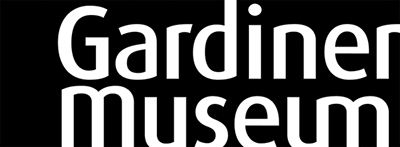Japanese Porcelain and Its Influence

When Chinese trade in porcelain became disrupted in the mid-seventeenth century following the fall of the Ming Dynasty, the Dutch East India Company turned to Japan, where it had an exclusive monopoly on trade. The Japanese had begun making porcelain at Arita before 1620. The earliest wares were decorated in underglaze blue and are known as Shoko-Imari. Japanese potters soon became masters of an exceptionally fine white body, with decorations in both underglaze blue and a distinctive but limited range of overglaze enamel colours. Different styles of decoration are given different names. Ko-Kutani emgered in the late 1640s for the domestic market, and is characterised by bold designs and vivid colours. This was followed in the 1660s by the Kakiemon style, with more transluscent colours and a tendency to use asymetrical designs, while the Imari style has a darker palette and is often enriched with gilding.
Kakiemon and Imari style Japanese porcelain became immensely popular in Europe. Most eighteenth-century and many nineteenth-century European porcelain manufactories, as well as makers of faïence, copied the forms and designs of Japanese porcelain.
The William and Molly Anne Macdonald Collection of Japanese Porcelain and Its Influences is one of the great specialised collections at the Gardiner Museum.
























